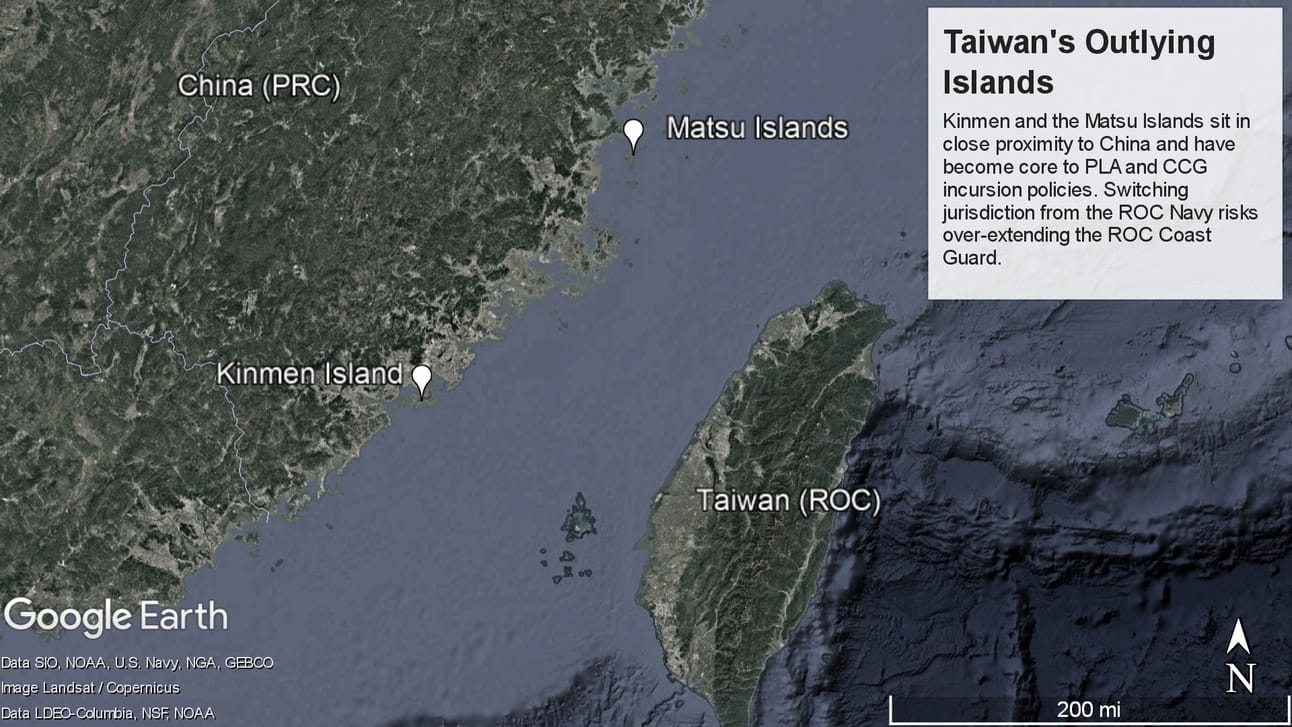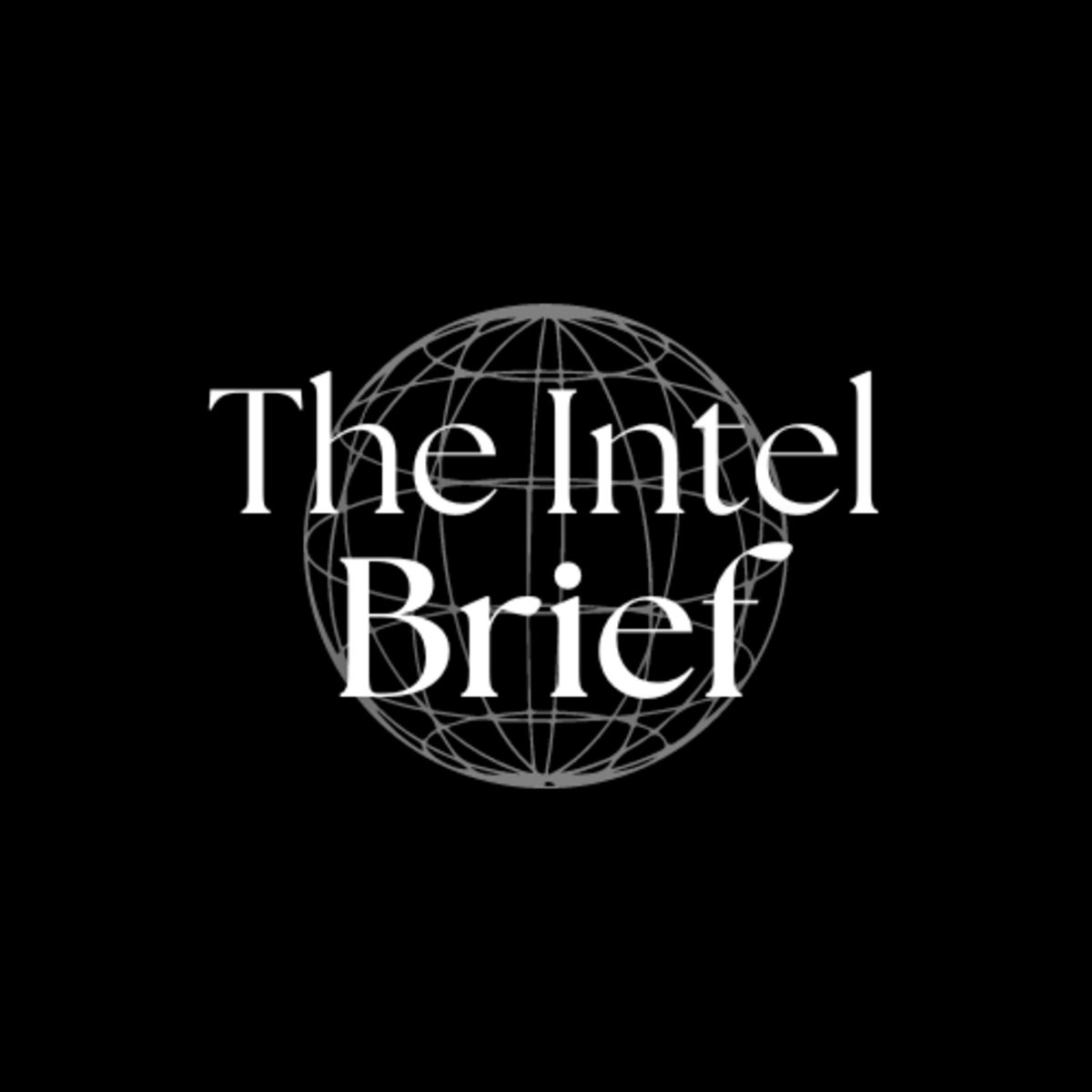
Pacific Weekly #56
Good morning and happy Sunday,
This is Pacific Weekly, a special edition of The Intel Brief intended to keep you updated on events across the hotly contested Indo-Pacific region.
This is premium content. If you want to keep access use the button below:
Reporting Period: 23-29 June 2025
Bottom-Line Up Front:
1. On 24 June 2025, Japan’s Ground Self-Defense Force (GSDF) successfully test-fired a Type 88 surface-to-ship missile at the Shizunai Anti-Air Firing Range in Hokkaido. This marked the first time Japan launched a missile from its own territory — a significant step as Tokyo aims to build self-reliant coastal defense capabilities. Another test is planned for today, 29 June.
2. On 26 June, Kuomintang (KMT) legislators proposed transferring authority of Taiwan’s outlying islands to the Ocean Affairs Council (OAC) from the Ministry of National Defense (MND). Chen Yeong-kang, a KMT legislator and retired Taiwanese Navy admiral, has strongly endorsed the idea despite opposition claims that the change would favor China’s current tactics and strategic goals.
3. On 27 June, Xi Jinping’s anti-corruption campaign within the People’s Liberation Army (PLA) intensified with the removal of Admiral Miao Hua, Vice Admiral Li Hanjun, and nuclear specialist Liu Shipeng from top military and legislative bodies. Miao Hua was expelled from the CMC and the National People’s Congress (NPC). Li Hanjun was stripped of his NPC delegate status. Liu Shipeng, deputy chief engineer at China National Nuclear Corporation, was also expelled from the legislature.
4. On 1 July, U.S. Secretary of State Rubio will host Quadrilateral Security Dialogue (Quad) counterparts from Australia, India, and Japan in Washington. This marks the second Quad Foreign Ministers’ meeting hosted by Rubio, reiterating U.S. leadership in bolstering a “free, open, and secure” Indo-Pacific amid regional tensions.
Japan Conducts First Type 88 Anti-Ship Missile Test On Its Own Soil
Summary
On 24 June 2025, Japan’s Ground Self-Defense Force (GSDF) successfully test-fired a Type 88 surface-to-ship missile at the Shizunai Anti-Air Firing Range in Hokkaido. This marked the first time Japan launched the missile from its own territory — a significant step as Tokyo aims to build self-reliant coastal defense capabilities. Another test is planned for today, 29 June.
Findings
Type 88: The truck-mounted Type 88, developed by Mitsubishi Heavy Industries, is a short-range anti-ship missile with a range of about 100 km—the first domestically deployed launch of this capability on Japanese soil. This marks the first domestic test of a live missile after previously conducting such tests only in allied nations due to safety and space constraints.
24 June Test Fire: The test began in the afternoon at Shizunai Range, with about 300 JSDF personnel participating from the 1st Artillery Brigade. They launched the missile at an unmanned vessel 24 miles offshore during a controlled, over-water drill.
JSDF officials stated the tests were successful, with another launch scheduled for today.
Why This Matters
The domestic test of the Type 88 is a seemingly minor development, but it reflects Japan’s aggressive defense development and its improving stand-off capabilities. The Japanese Self-Defense Force (JSDF) is a strictly defensive organization, so the further development of capable stand-off systems — especially amid a growing China threat — suggests Japan is taking its security relationship with the Indo-Pacific Partners more seriously.
Enhanced Deterrence: The domestic test strengthens Japan’s ability to respond to maritime threats—particularly from China and Russia—by improving the readiness of coastal missile defenses.
Security Posture Shift: This aligns with Japan’s 2022 security strategy, which expanded from passive self-defense to assertive, strike-capable postures in collaboration with the U.S.
Sources: AP News, Naval News
KMT Legislators Propose Greater Role For Coast Guard At Outlying Islands
Summary
On 26 June, Kuomintang (KMT) legislators proposed transferring authority of Taiwan’s outlying islands to the Ocean Affairs Council (OAC) from the Ministry of National Defense (MND). Chen Yeong-kang, a KMT legislator and retired Taiwanese Navy admiral, has strongly endorsed the idea despite opposition claims that the change would favor China’s current tactics and strategic goals.
Findings
Proposed Amendment: Chen’s proposal would amend the Act Governing Relations between the People of the Taiwan Area and the Mainland Area, and would result in Kinmen County and Lienchiang County (i.e. the Matsu Islands) being under the jurisdiction of the ROC Coast Guard, rather than the Navy.

Description: Kinmen and the Matsu Islands sit in close proximity to China and have become core to PLA and CCG incursion policies. Switching jurisdiction from the ROC Navy risks over-extending the ROC Coast Guard. Google Earth
Justification and Debate: Despite China’s aggressive and illegal incursion policies, Chen argues that the change would refine sovereignty enforcement to reflect peacetime norms and reduce the likelihood of a miscalculation turning into a military confrontation.
Taiwanese opposition in the Legislative Yuan argues that transferring authority to the ROC Coast Guard would weaken Taiwanese sovereignty by styling contestations as civil conflict. Opposition also suggests that the move would over-extend the Coast Guard.Political Strife: The KMT has recently pushed several legislative initiatives to expand civilian oversight over national security operations, raising concerns among DPP legislators and defense analysts about long-term deterrence and readiness.
Speculation that some KMT legislators are colluding or sympathetic to the CCP has led to a recall election being scheduled in July.
Why This Matters
Chen’s proposal is interesting. On one hand, expanding ROC Coast Guard operations may suppress the effects of some issues by expanding interdiction operations, such as the recent increase in small boat landings (more here), and the Chinese Maritime Militia (CMM) violating fishing laws.
The change might also reduce the likelihood of a conflict via miscalculation. The U.S. and Japanese Coast Guards, for example, use white hulls to denote their vessels, signaling to adversary or commercial vessels who is meeting them. This “White Hull” tactic is designed for de-escalation purposes, but there is no indication that China would reduce its incursions or aggression against such vessels.
Additionally, Chen recently suggested that China’s persistent incursions and large-scale exercises in Taiwanese waters will not morph into a sudden invasion in the future; another statement with dubious validity.
High-Level PLA, CCP Purges Continue Under Xi Jinping’s Rule
Summary
On 27 June, Xi Jinping’s anti-corruption campaign within the People’s Liberation Army (PLA) intensified with the removal of Admiral Miao Hua, Vice Admiral Li Hanjun, and nuclear specialist Liu Shipeng from top military and legislative bodies. Miao Hua was expelled from the CMC and the National People’s Congress (NPC). Li Hanjun was stripped of his NPC delegate status. Liu Shipeng, deputy chief engineer at China National Nuclear Corporation, was also expelled from the legislature.
Findings
Admiral Miao Hua: Hua’s removal from the Central Military Commission (CMC) is one of the highest-level purges in China since the 1960s. Hua was the former director of political work within the CMC, but was suspended in November 2024 for broad corruption charges. His formal removal was on 27 June 2025.
Vice Admiral Li Hanjun: On 27 June, in continuity with other high-level purges, Vice Admiral Hanjun was removed from the National People’s Congress.
Liu Shipeng: Shipeng, who is reportedly a leading nuclear scientist and senior engineer in China’s National Nuclear Corporation, was also stripped of legislative roles, indicating Xi’s control and censure of China’s civil society.
Why This Matters
Xi Jinping is consolidating control across China’s military by eliminating corruption and ensuring loyalty among senior ranks. These dismissals reflect a dual strategy:
Political consolidation: Removing high-profile figures — even those personally promoted by Xi — underscores that no official is beyond scrutiny, reinforcing party dominance over military leadership ahead of potential internal challenges.
Strategic signaling: Purges indicate a desire for control and ideological continuity, traits that leaders depend on for carrying out significant strategy or operations. Continued purges suggest Xi Jinping’s regime requires a certain amount of agreement and loyalty (i.e. an invasion of Taiwan) and needs minimal risk of disagreement, disunity, or revolt.
Precedent for deeper reform: Following earlier purges of defense ministers and Rocket Force commanders, these actions suggest a sustained, institution-wide remake that could reshuffle future military strategy and procurement priorities.
Sources: SCMP, The Guardian
Rubio To Host Quad Foreign Ministers
Summary
On 1 July, U.S. Secretary of State Rubio will host Quadrilateral Security Dialogue (Quad) counterparts from Australia, India, and Japan in Washington. This marks the second Quad Foreign Ministers’ meeting hosted by Rubio, reiterating U.S. leadership in bolstering a “free, open, and secure” Indo-Pacific amid regional tensions.
Findings
Quad Priorities: The agenda is expected to reinforce cooperation on Indo-Pacific security, particularly against China’s growing aggression and continued incursions across the region. There is likely to be increased emphasis on counterterrorism initiatives following the recent Pahalgam terror attack in India.
Strategic Cooperation: This summit follows a January meeting led by Rubio and precedes an Indo-Pacific leaders’ summit later this year in India, aiming to maintain diplomatic momentum.
Why This Matters
The Quad meeting is a big deal. It allows the U.S. to reaffirm to allies that its foreign policy focus remains in the Pacific. It is also an opportunity to expand a strategic relationship with India, and bring New Delhi into the strategic fold in the region.
Also, the expansion of high-level strategic diplomacy shows the other non-Quad allies (like Taiwan and the Philippines) that the U.S. is actively looking to enhance its posture and deterrence in the region.
Given China’s persistent military actions and strategic ambitions, and the conflict in the Middle East, it will be interesting to see what comes of the Quad meeting.
End Brief
That concludes this edition of Pacific Weekly. Thank you for reading!
Nick
This publication is an Open-Source Intelligence (OSINT) product and does not contain Controlled Unclassified Information (CUI) or Classified Information.





